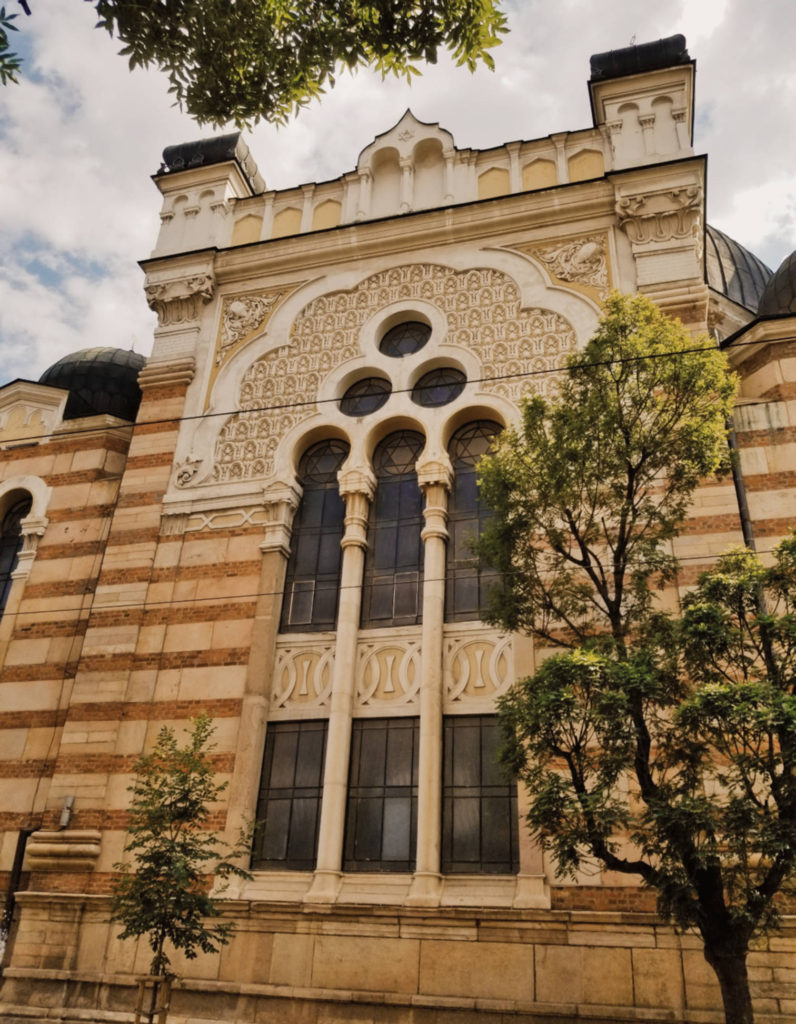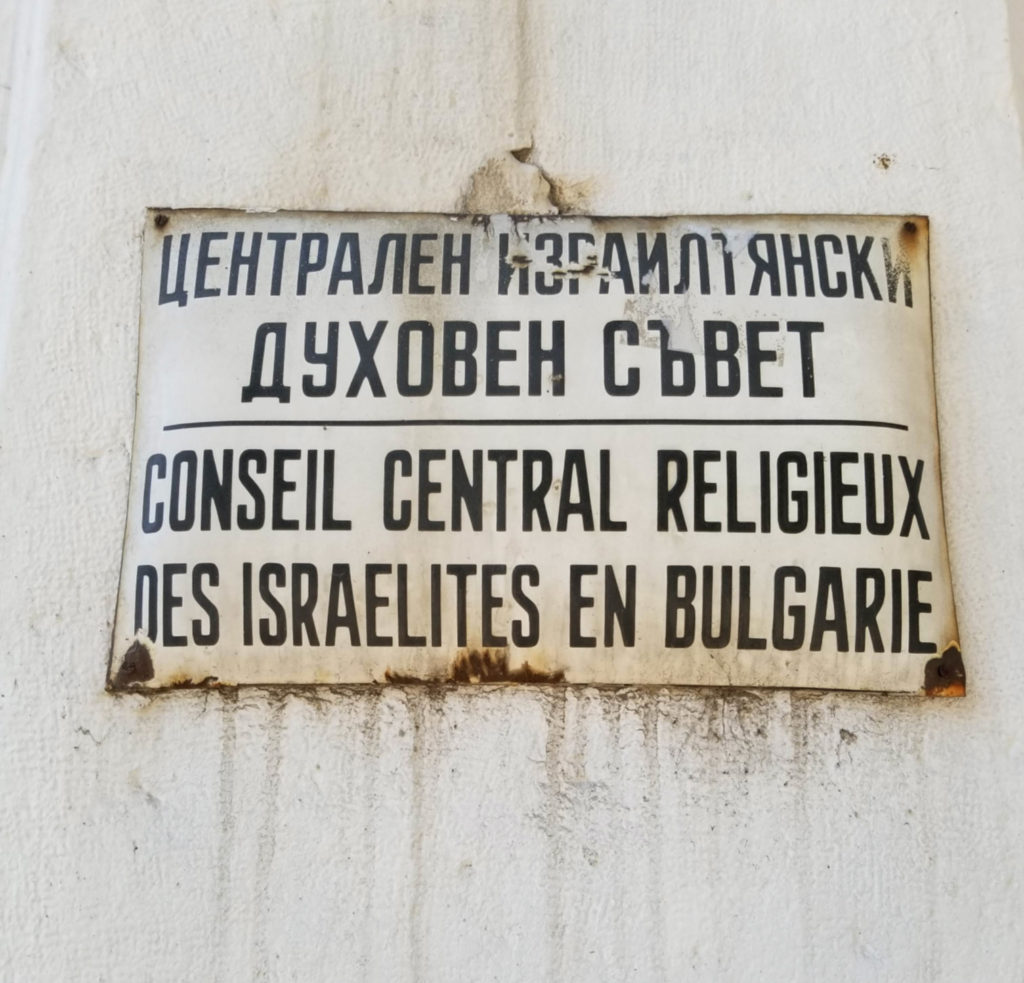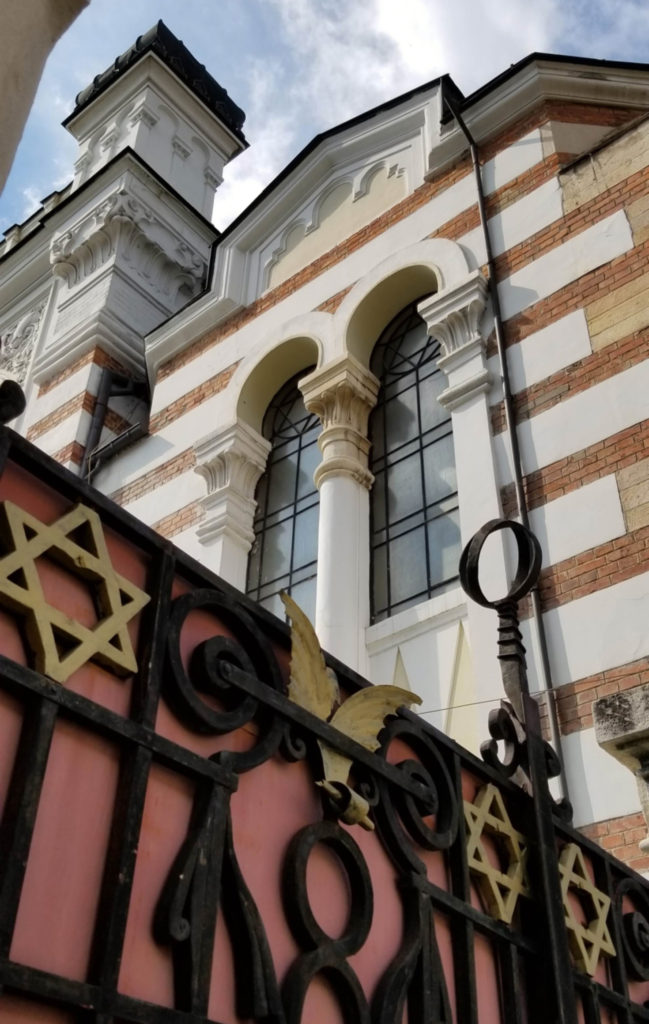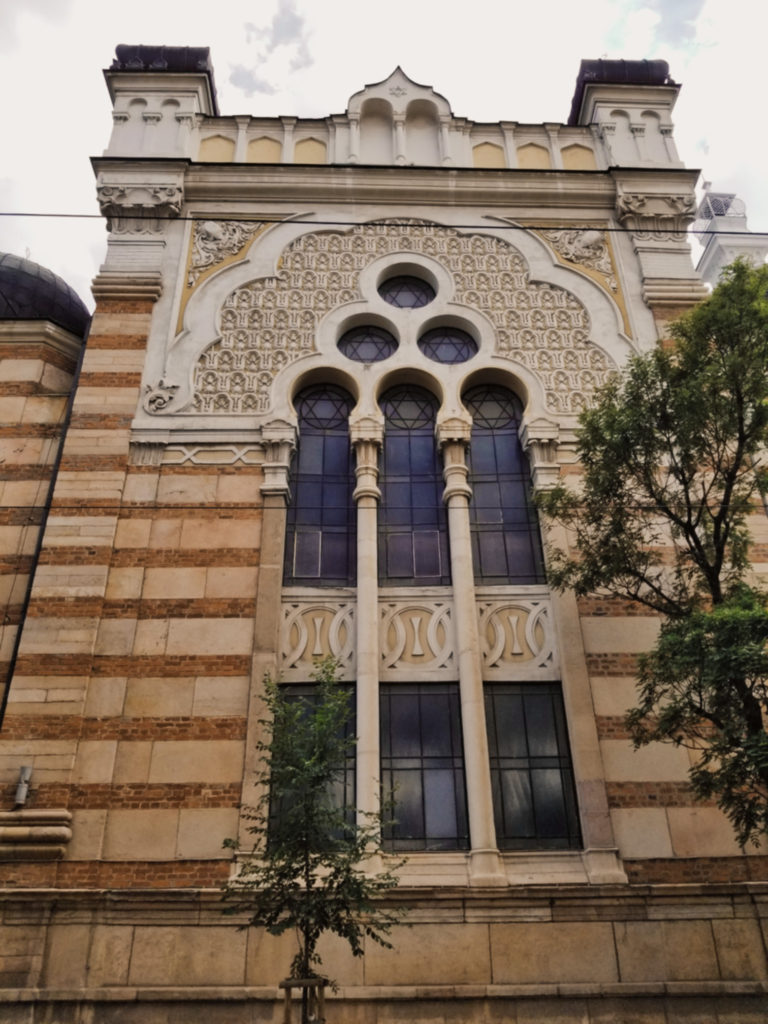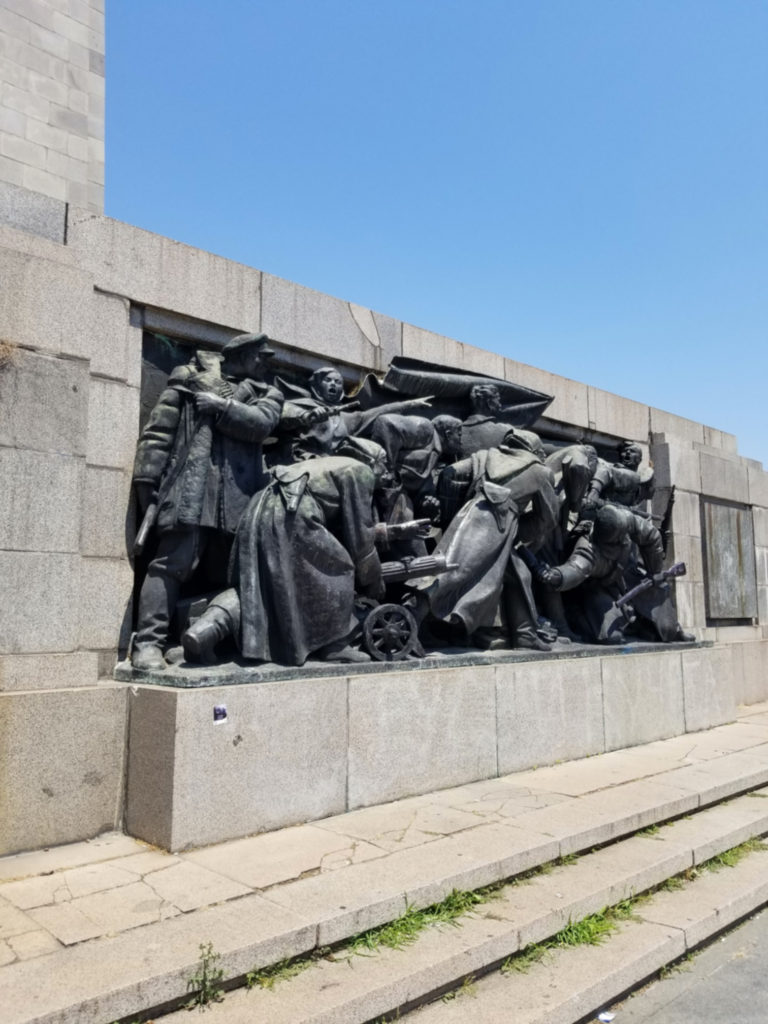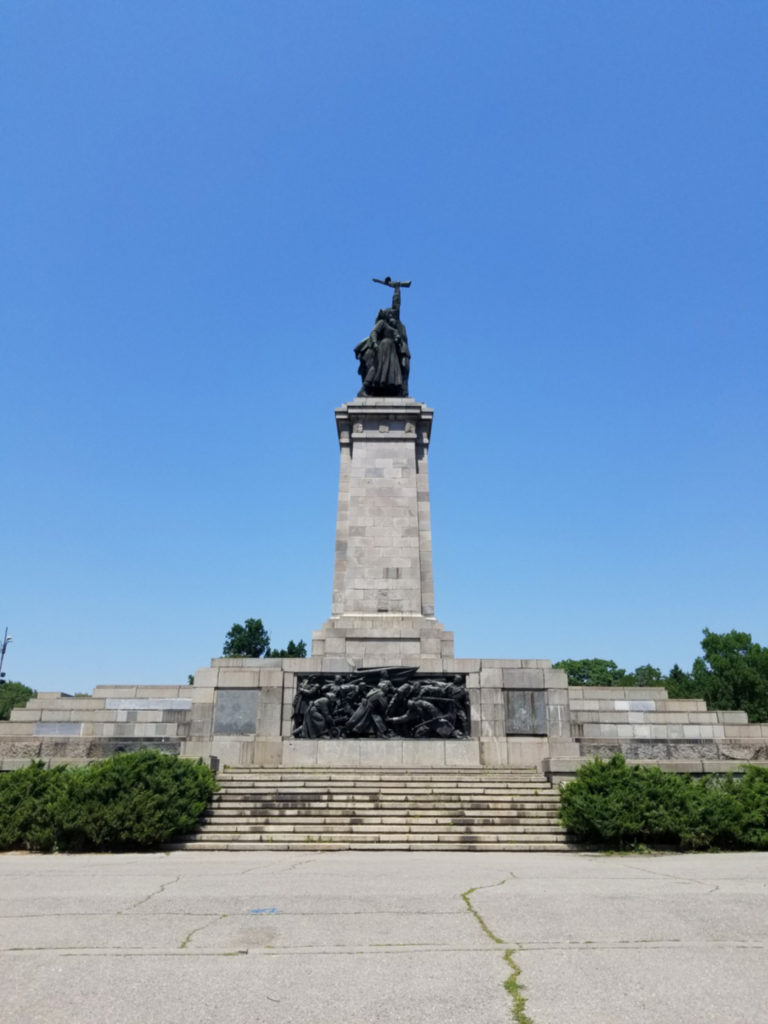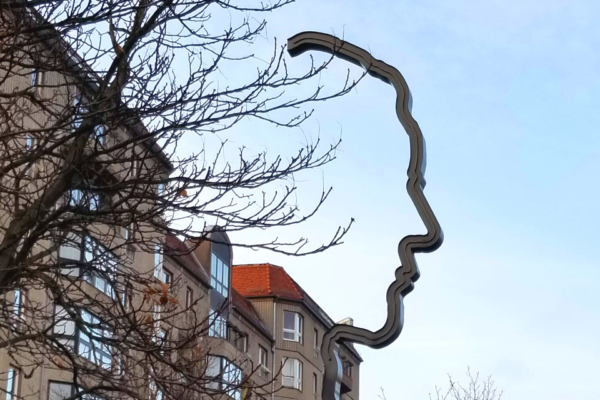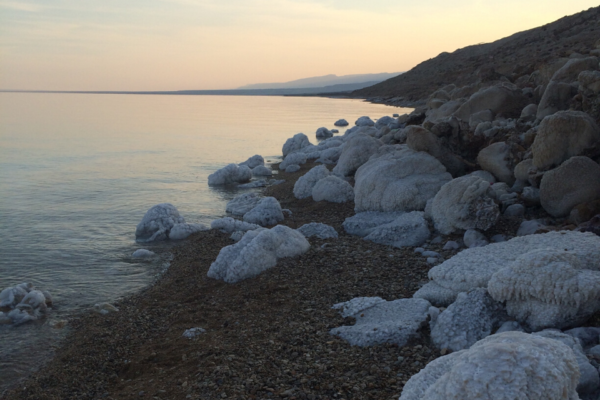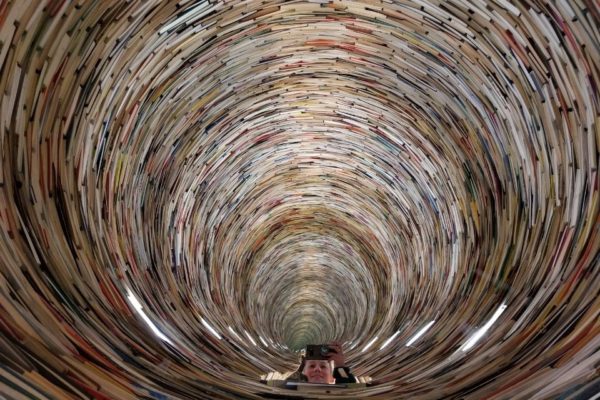Summertime in Sofia was lovely. It’s a clean, affordable city, full of interesting architecture, street art, historical monuments, and leafy parks. Here’s a few photos of my favourite sights in Sofia, Bulgaria. I always explore on foot, so all these sights are within easy walking distance of the city centre.
SOFIA SYNAGOGUE
The Sofia Synagogue is the largest Sephardic synagogue in Europe. Inside there is a commemorative tablet marking the synagogue’s sanctification in 1909, which was attended by Tsar Ferdinand I of Bulgaria and his family. The interior is breathtaking, decorated with ornate woodcarvings, Venetian mosaics, and marble columns. It also holds a gleaming 1.7-ton chandelier – the largest chandelier in Bulgaria. What surprised me was that this is the only synagogue I’ve seen in Europe that didn’t have armed police/soldiers guarding it.
ALEXANDER NEVSKY CATHEDRAL
I’ve seen quite a few Alexander Nevsky Cathedrals around Eastern Europe and all of them are impressive. This church can hold 10,000 people and is one of the largest Eastern Orthodox cathedrals in the world. The tower holds 12 bells that weigh 23 tons (!) and can be heard 10 miles away. The materials constructing the church came from all over Europe – marble from Munich, metal manufactured in Vienna, and mosaics from Venice.
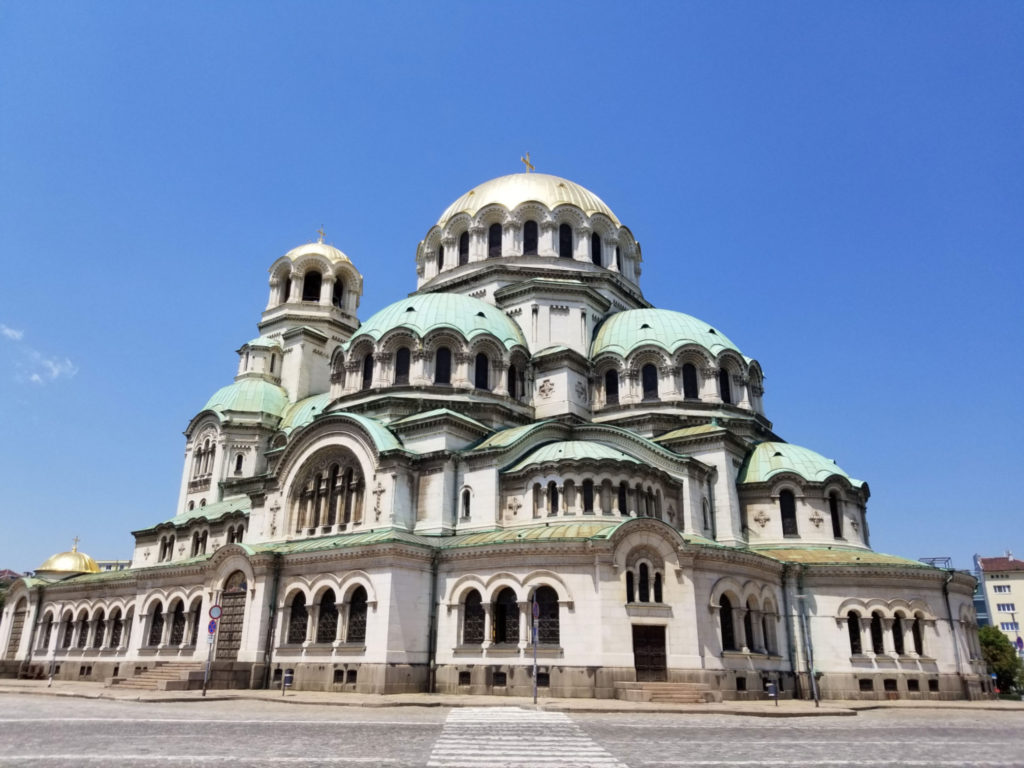
The cathedral was completed in 1912 after 30 years of construction. It was built to honour the lives lost in the Russo-Turkish war of 1877-1878, when Bulgaria was liberated from the Ottoman Empire. Alexander Nevsky was a Russian prince who lived from 1221-1263 and was canonized as a saint by the Russian Orthodox Church in 1547. His life story is fascinating but far too long to document here.
MONUMENT TO THE SOVIET ARMY
At first glance, this looks like just another monument – not an uncommon sight in Europe. However, this one is pretty interesting. It was built in 1945 to honour the Soviet soldiers who died fighting for Bulgaria in WWII. The central spire depicts a Russian soldier holding his weapon triumphantly aloft, while below is a life-sized battle scene. It’s intended to be an inspirational salute to the Russian forces but seems to also inspire various acts of protest, including dressing up the figures in the battle scene as pop-culture icons.
In the past 75 years, those figures have been painted in the colours of the Ukrainian flag, sported balaclavas to look like Pussy Riot, and masqueraded as Superman, Santa, and Wonder Woman. Both the Bulgarian government and Russian officials do not appreciate the vandalism and promptly remove it every time. The monument was in pristine shape when I was there. I appreciate monuments like this that inspire me to learn about the history of places. This monument is located in a big leafy park, full of flowers and walking paths. It would be easy to forget that life was not always so breezy in Sofia.
NATIONAL PALACE OF CULTURE
This is a fountain outside the National Palace of Culture. I seem to have a knack for finding fountains empty – the first time I swung by the Trevi Fountain in Rome, it also was empty. Maybe I’m just lucky. The National Palace of Culture is also known by its acronym, “EnDuhKah”, and sadly I did not take a picture of it and I don’t know why. It’s a spectacular example of architectural design from Bulgaria’s Communist period.
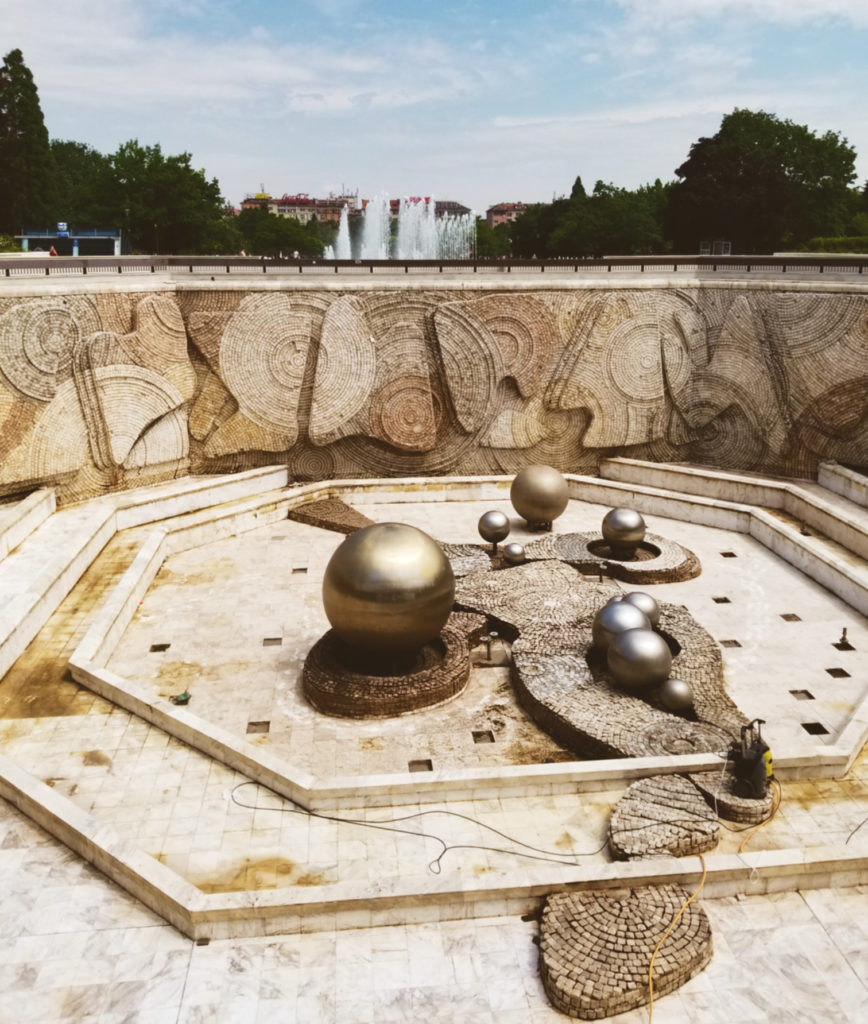
The building is huge and is surrounded by a massive city park (the Monument to the Soviet Army is a few hundred metres away). EnDuhKah contains concert venues, conference halls, galleries, theatres, and cinemas. It seems to truly be a palace of culture. I spent some time in a little coffee shop inside that overlooked the park. I could see myself spending hours there on a rainy day, reading, writing, drawing, thinking, and caffeinating. If only I had more time in Sofia.
CHURCH OF ST. NICHOLAS THE MIRACLE-MAKER
Yes, that is this church’s actual name but I suspect most people just call it “the Russian church”. This church was built in 1882 on the site of the Saray Mosque, which was destroyed during the liberation of Bulgaria from the Ottoman Empire by Russia. It was built to be the official church of Sofia’s Russian community, and of the Russian Embassy, which was next door. The church was designed and built by Russian architects, contractors, and artists. The bells were a gift from Emperor Nicholas II, the ruler of Russia at the time.
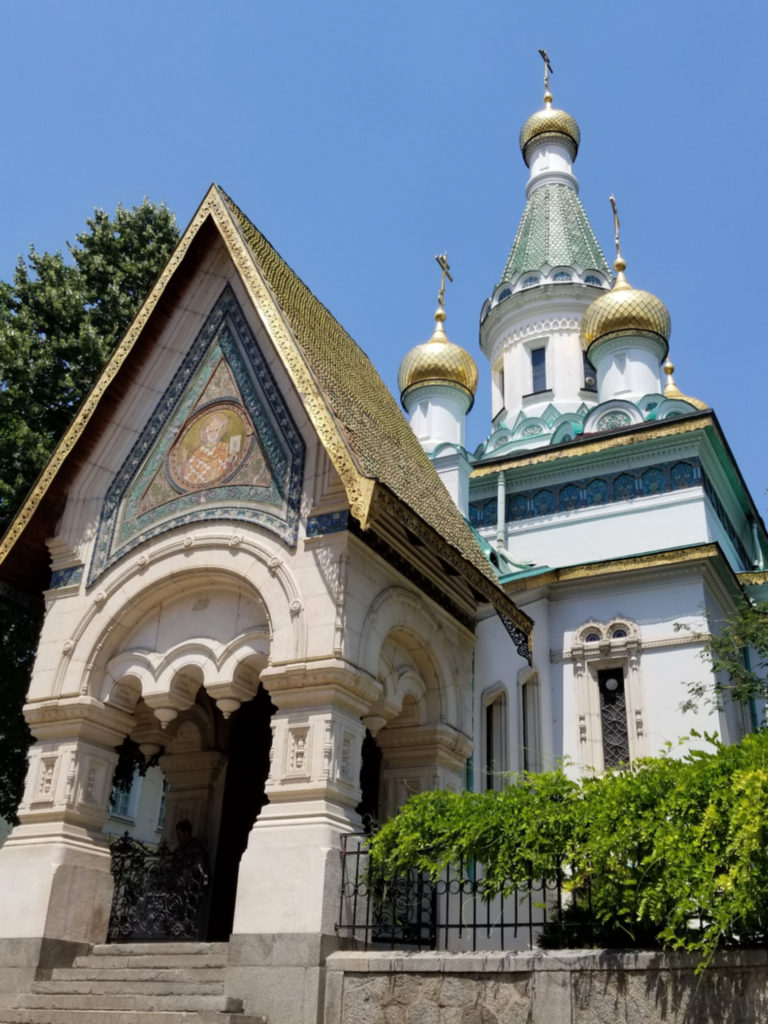
The church was consecrated in 1914 and stayed open after the Russian Revolution and during Bulgaria’s 45-year Communist period (although in an understated capacity). The exterior was recently restored by the Russian government, but apparently the interior murals are also in need of a sprucing up having been darkened by a century of candle smoke. I really like Russian churches. The aqua, white and gold colour schemes seem so light, airy, and sparkly.
YELLOW BRICK ROAD
So, if you’re wondering where to find a Yellow Brick Road… it’s here. Back in 1893, Prince Ferdinand of Bulgaria married Princess Marie Louise of Bourbon-Parma. At the time, he had visions of making Bulgaria’s new capital as fashionable as the other European capitals, despite the fact that Sofia was selected for its geographic location, rather than fancy infrastructure, and did not yet even have paved roads.
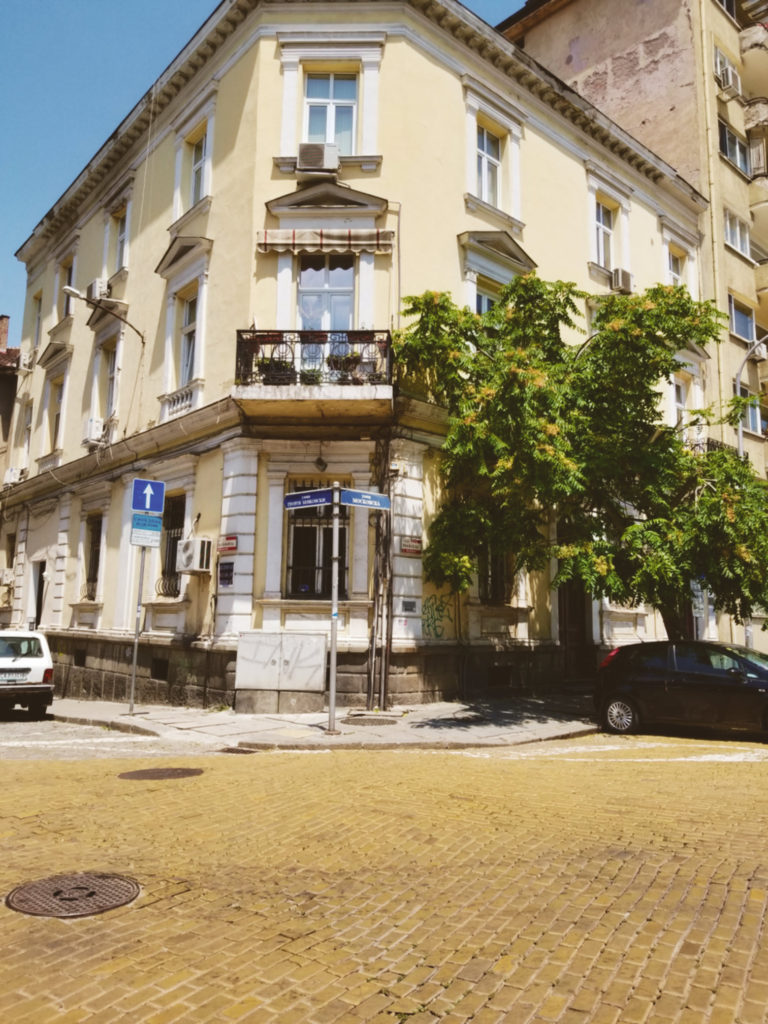
Luckily, he had some hip cousins in the Hapsburg family and, as a wedding gift, they sent him these yellow paving stones to pave the road between the royal residence and the National Assembly building. The stones were produced in Budapest with material from a local clay pit and are only used in a few places in Europe. The road has become a symbol of the city and a source of local pride.
MY FAVOURITE MURAL
This mural was recommended by a Sofia local on one of my favourite websites, Spotted By Locals. It’s painted by Bulgarian artist, Nasimo, who is known for beautiful, large-scale murals, often several storeys high. It was commissioned by the owners of Sun and Moon – a popular local vegetarian food chain – to decorate the wall outside one of their stores. To me, this is one of the most beautiful pieces of street art I’ve ever seen and I spent a good long time just standing there, admiring it and soaking up the sun.
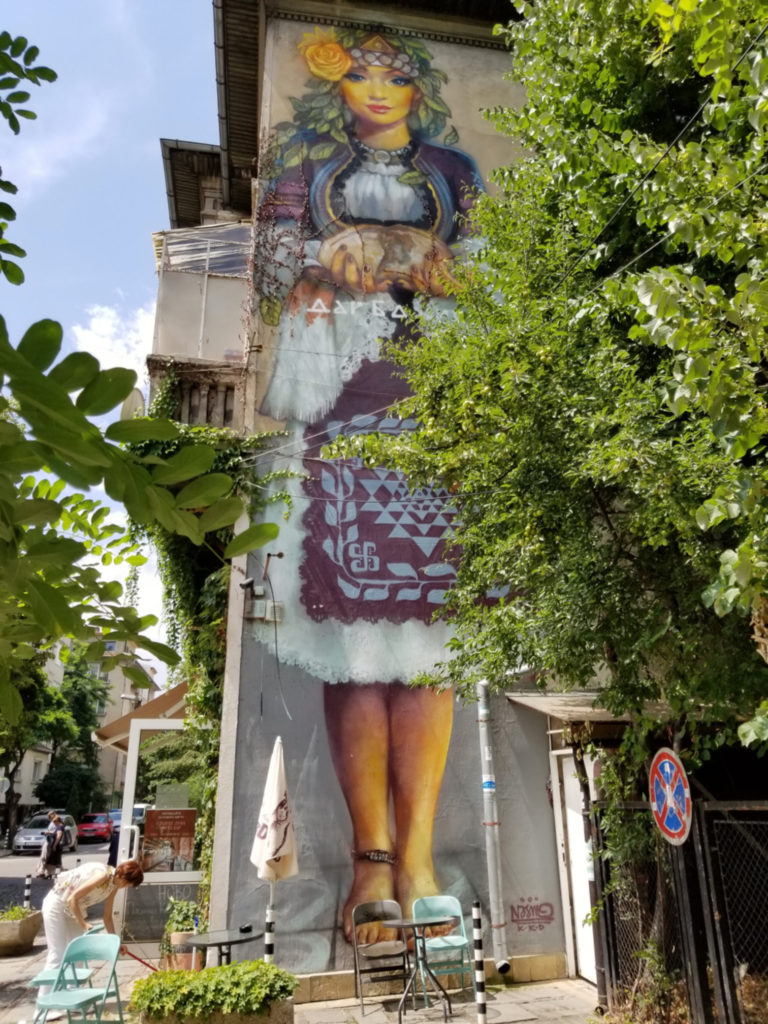
STREET ART
These are a couple more Nasimo masterpieces I spotted while walking around Sofia. He actually started his career as a vandal, spraypainting trains in the 90’s as an act of rebellion and social protest. Remember, Bulgaria was Communist for 45 years ending in 1989, so it was a time of significant change. Nasimo grew as an artist over the years and was recently commissioned by Bulgarian National Railways to paint a train engine, which now travels across the country every day.
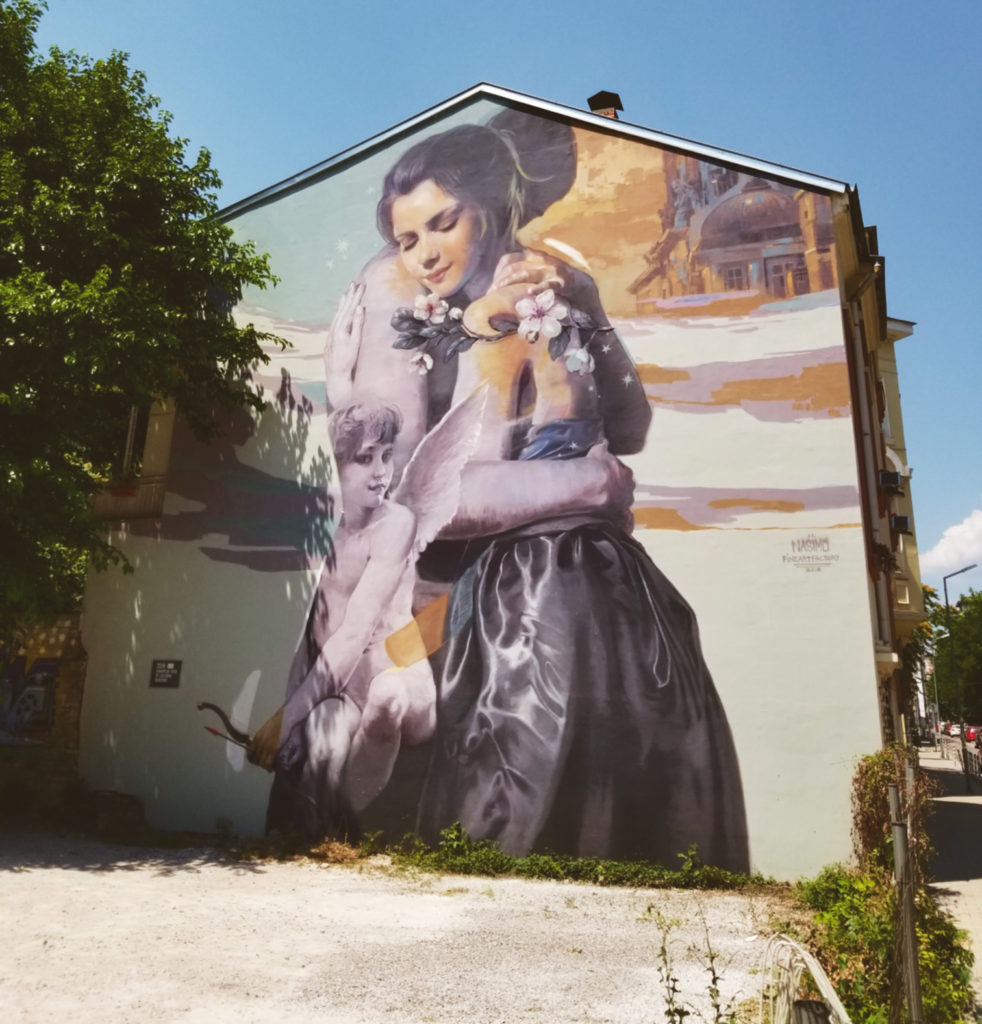
I read a recent interview with Nasimo, and when asked what was his favourite of his artworks, he answered “The upcoming one. All the rest are proven imperfect.” As a writer, I really felt that.
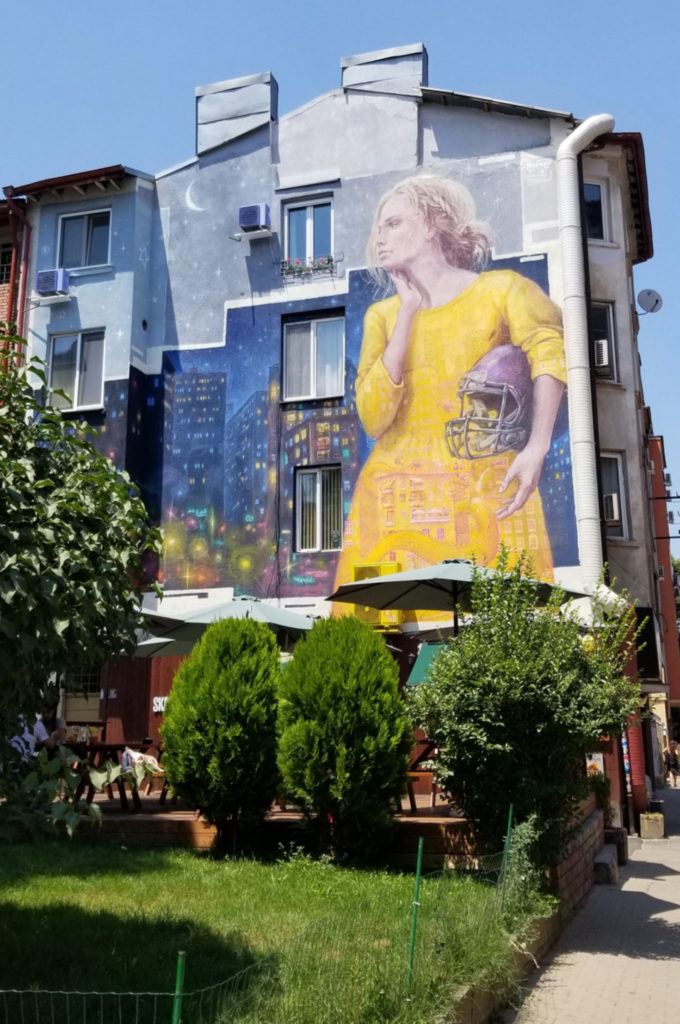
I spent about a week in Sofia and it wasn’t long enough. It’s never long enough. I love every new city I go to. I keep thinking I’ll run into a place I just can’t stand and can’t wait to leave but so far, that just hasn’t happened. Sofia was sunny, leafy, and beautiful. It’s cheap, full of art and culture, and every person I spoke to was friendly and helpful. I’d go back in a heartbeat.

